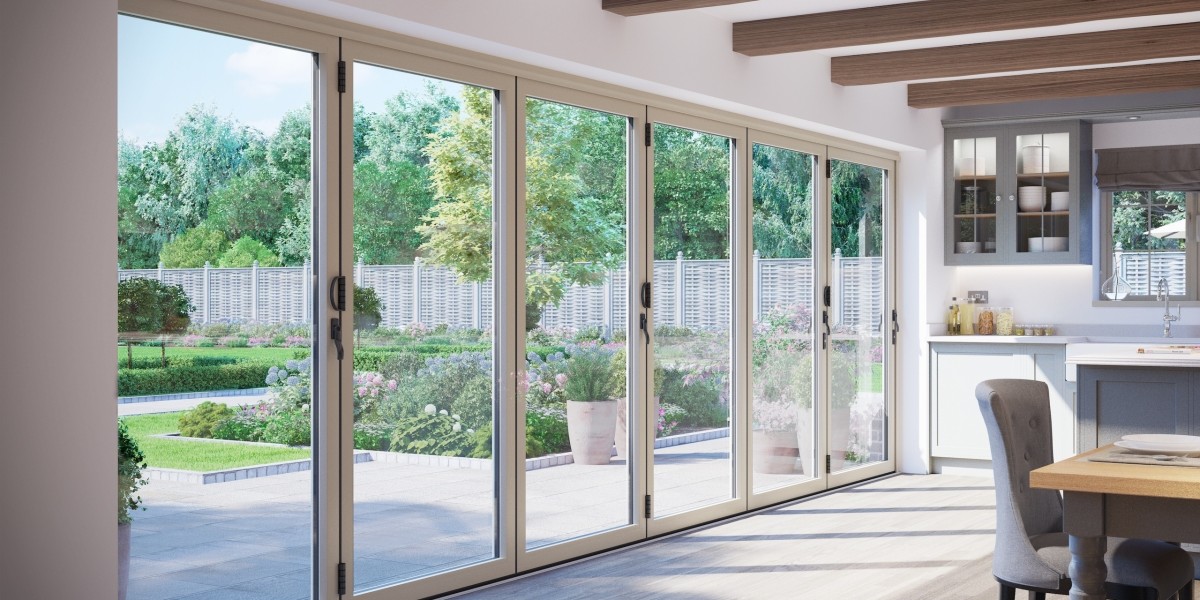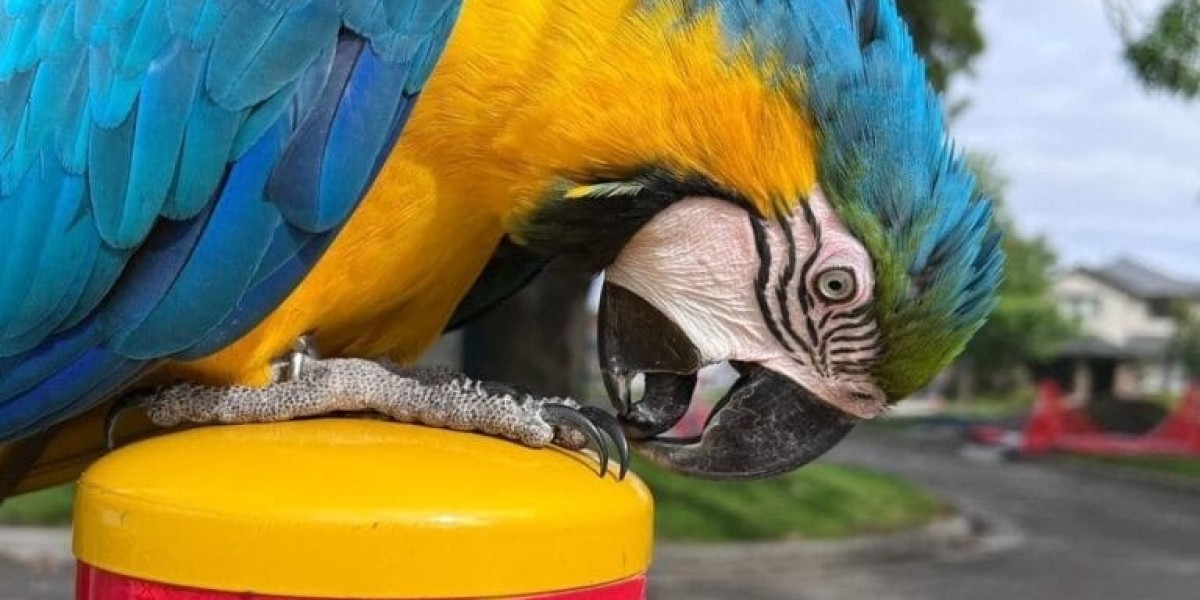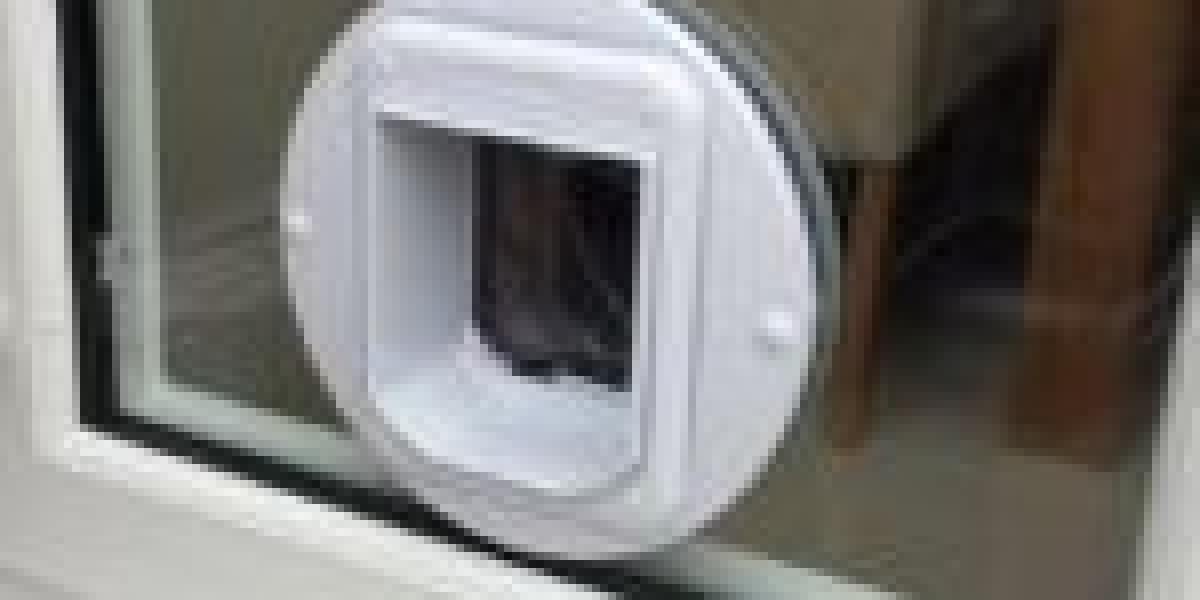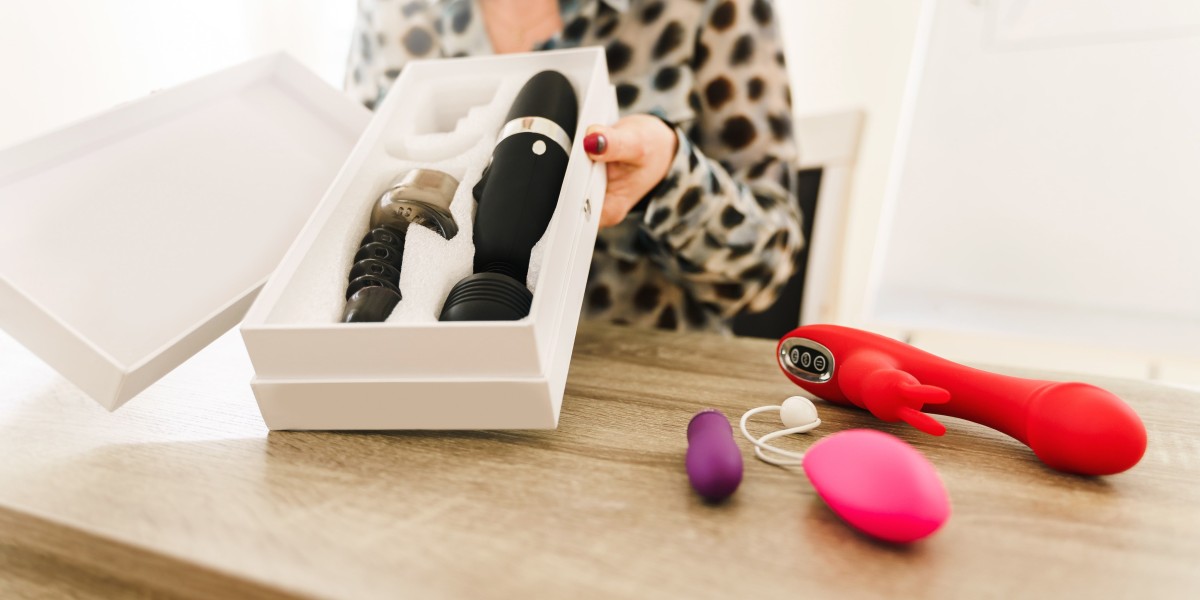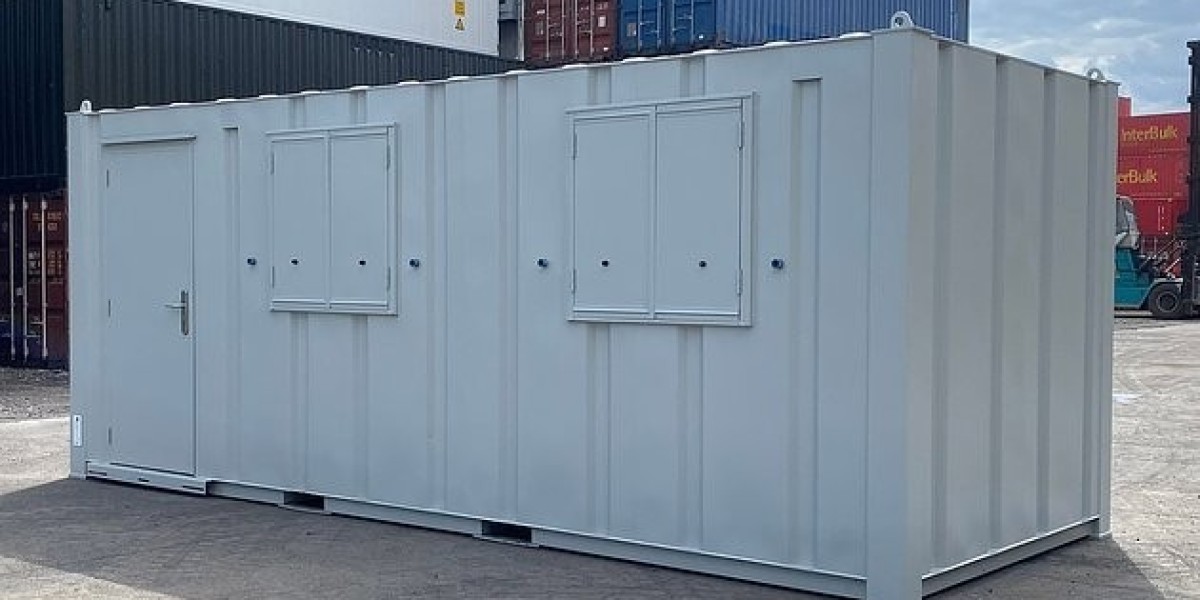Restoring Smooth Operation: A Comprehensive Guide to Repairing Your Bifold Door Top Pivot
bifold door upgrade doors, also referred to as folding doors, are a popular choice for maximizing area and producing a seamless shift between spaces or in between indoor and outdoor living locations. Their unique folding mechanism permits for wider openings than conventional hinged doors, making them perfect for closets, pantries, utility room, and even as patio doors. Nevertheless, the smooth and effective operation of a bifold door depends upon a number of essential parts, and among the most essential, yet frequently overlooked, is the top pivot.

The top pivot is a small but vital mechanism that sits at the top corner of a bifold door panel, enabling it to rotate efficiently within the track system. In time, due to wear and tear, improper alignment, or even unintentional damage, this pivot can fail. A malfunctioning top pivot can result in a host of frustrating issues, from sticking doors and noisy operation to complete immobility. Thankfully, fixing or replacing a bifold door top pivot is often a workable DIY project, conserving you the cost of professional repairs and restoring the functionality of your door.
This detailed guide will walk you through the process of understanding, detecting, and fixing bifold doors a bifold door top pivot. We will explore the components included, determine typical problems, equip you with the needed tools and materials, and provide a detailed repair process. Whether you are an experienced DIY lover or a property owner dealing with home repairs for the very first time, this short article will empower you to confidently address a malfunctioning bifold door leading pivot and get your door running smoothly when again.
Understanding the Top Pivot System
Before diving into the repair procedure, it's beneficial to comprehend the role of the leading pivot within the more comprehensive bifold door system. The top pivot, in conjunction with the bottom pivot (frequently described as a guide or wheel), works to manage the motion and stability of each door panel.
Usually, a bifold door system consists of:
- Top Track: A metal track installed horizontally at the top of the door opening. This track houses the top pivots and guides the door panel's motion.
- Bottom Track or Guide: Some bifold door systems utilize a bottom track, while others use a bottom guide that is either a pin or a wheel, communicating with a groove or channel on the flooring or door jamb. This bottom part assists stabilize the door panel and keeps alignment.
- Leading Pivots: These are little, typically plastic or metal components that are inserted into the leading edge of the door panel and trip within the top track. They enable the door panel to pivot and slide efficiently along the track.
- Connecting Hinges: Hinges that connect the specific door panels together, allowing them to fold in a concertina design.
- Door Handles and Hardware: Hardware utilized for operating and protecting the bifold door.
The leading pivot bears a significant load, assisting in the smooth moving and folding action of the door. It needs to be robust enough to stand up to consistent usage, yet exact sufficient to allow for effortless motion. Comprehending its function assists in appreciating why its appropriate function is so vital to the overall operation of the bifold door.
Identifying Common Top Pivot Problems
Recognizing the symptoms of a stopping working leading pivot is the primary step towards an effective repair. Here are some common signs that show an issue with your bifold door's leading pivot:
- Sticking or Jerky Door Movement: The door ends up being hard to open or close smoothly, hesitating or capturing as it moves along the track. This is frequently the most obvious sign.
- Noisy Operation: You may hear grinding, squeaking, or clicking sounds as the door is run, suggesting friction or damage within the pivot mechanism or track.
- Door Panel Drooping or Sagging: If the leading pivot is worn or broken bifold door, the door panel might droop slightly at the top, triggering misalignment and more hindering smooth operation.
- Visible Damage to the Pivot: Upon assessment, you might be able to see cracks, chips, or breaks in the plastic or metal parts of the leading pivot itself.
- Door Jumping Out of the Track: In severe cases of pivot failure, the door panel may leap out of the top track entirely, becoming entirely unusable and potentially damaging the door or frame.
- Increased Effort to Operate: If you find yourself having to exert more force than usual to open or close the door, it could be a sign of increased friction due to a failing pivot.
If you observe any of these symptoms, it is extremely most likely that your bifold door's top pivot needs attention. Disregarding these problems can lead to more damage to the door, track, or surrounding frame, making the repair more complicated and pricey in the long run.
Tools and Materials You'll Need
Before you start the repair, gather the necessary tools and materials to ensure a smooth and efficient procedure. Having everything prepared in advance will conserve you time and aggravation.
Tools:
- Screwdriver Set: A Phillips head and flathead screwdriver will be vital for eliminating and installing screws associated with the pivot and door hardware. Ensure you have various sizes to fit various screws.
- Pliers: Pliers can be valuable for gripping and steering small parts, particularly if the old pivot is stuck or tough to get rid of.
- Hammer (Optional): A lightweight hammer may be required to carefully tap the brand-new pivot into place, if required by the design.
- Measuring Tape: To make sure accurate placement and positioning when installing the new pivot.
- Pencil or Marker: For marking positions and making sure correct positioning.
- Security Glasses: Protecting your eyes is essential when working with tools and hardware.
- Gloves (Optional): To secure your hands and provide better grip.
Products:
- Replacement Top Pivot: This is the most crucial product. It's essential to purchase a replacement pivot that is compatible with your specific bifold door system. Take the old pivot with you to the hardware store for contrast, or take down the door producer and design if possible. Top pivots can be found in various sizes and designs.
- Lube (Silicone Spray or Dry Graphite): Lubricating the track and brand-new pivot will make sure smooth, peaceful operation and prolong the life of the pivot.
- Wood Filler or Wood Glue (Optional): If the screw holes holding the pivot in place are removed or harmed, wood filler or glue might be required to strengthen them.
- New Screws (Optional): If the existing screws are harmed or removed, have a set of replacement screws of the appropriate size and type on hand.
Step-by-Step Guide to Repairing the Top Pivot
With your tools and materials prepared, you can now continue with the repair. Follow these step-by-step instructions carefully:
Step 1: Safety and Preparation
- Put on your shatterproof glass.
- Guarantee the work location is clear and well-lit.
- Collect all your tools and materials and put them within easy reach.
Action 2: Inspect and Access the Top Pivot
- Carefully examine the leading pivot of the troublesome door panel to visually assess the damage. Try to find cracks, breaks, or indications of wear.
- Identify how the pivot is attached to the door. A lot of are typically held in place by screws.
- You might require to slightly open or close the bifold door to acquire better access to the leading pivot.
Step 3: Remove the Old Top Pivot
- Utilizing the suitable screwdriver (typically Phillips head), thoroughly remove the screws securing the leading pivot to the door panel.
- If the screws are removed or hard to eliminate, you may need to utilize pliers to grip the screw head and carefully turn it. Prevent damaging the surrounding door material.
- When the screws are removed, carefully pull out the old top pivot. If it's stuck, utilize pliers to carefully wiggle and pull it totally free.
Step 4: Prepare for the New Pivot (If Necessary)
- Inspect Screw Holes: Examine the screw holes in the door where the pivot was attached. If they are removed or bigger, you may need to enhance them.
- For Minor Stripping: Apply a small quantity of wood glue into the screw hole and let it partly dry for a few minutes. This will offer the screws a much better grip.
- For Severely Stripped Holes: Use wood filler to fill the stripped holes entirely. Enable the filler to dry and harden according to the item instructions. As soon as dry, pre-drill pilot holes a little smaller sized than the brand-new screws to make sure a safe accessory.
Step 5: Install the New Top Pivot
- Position the new leading pivot in the exact same orientation as the old one was removed.
- Line up the screw holes of the brand-new pivot with the holes in the door panel.
- Place the screws and tighten them safely with the screwdriver. Prevent overtightening, which could remove the screw holes or harm the pivot. Make sure the pivot is securely connected however not excessively tight.
Step 6: Lubricate the Track and Pivot
- Apply a percentage of silicone spray or dry graphite lubricant to the top track of the bifold door, concentrating on the location where the top pivot will run.
- Likewise, lightly oil the moving parts of the new leading pivot itself. This will promote smooth operation and lower friction.
Step 7: Test and Adjust
- Carefully run the bifold door upgrade door, opening and closing it several times.
- Look for smooth, peaceful motion. If the door still sticks or binds, re-inspect the pivot for appropriate setup and alignment.
- Make sure the door panels fold and unfold properly which the door is not rubbing versus the frame or track.
- If essential, small changes to the pivot position or track alignment might be needed. Consult your bifold door maker's directions for specific adjustment procedures if supplied.
Step 8: Clean Up
- When you are pleased with the door's operation, tidy up your workspace and put away your tools.
Fixing Common Issues
While fixing a top pivot is typically simple, you might come across some obstacles. Here are a couple of troubleshooting suggestions:
- Pivot Doesn't Fit: If the new pivot doesn't fit into the track or door, double-check that you have the proper replacement type. Compare it carefully to the old pivot and the door specs.
- Screws Won't Tighten: Stripped screw holes are a typical problem. Refer back to Step 4 and use wood filler or glue to strengthen the holes before trying to tighten up the screws once again.
- Door Still Sticks After Pivot Replacement: If the door still does not operate smoothly after replacing the pivot, the problem might lie in other places. Examine the bottom pivot/guide, the track for particles or damage, or the door panel hinges for stiffness.
- Door Panel Misalignment: If the door panels are not lined up properly after repair, ensure the top pivot is properly seated in the track which the door panel is correctly placed within the frame. Look for any warping or damage to the door panel itself.
Keeping Your Bifold Door Pivots
Preventative maintenance can significantly lengthen the life-span of your bifold door tune-up door pivots and lessen the requirement for frequent repairs. Here are some helpful upkeep suggestions:
- Regular Lubrication: Lubricate the top track and rotates with silicone spray or dry graphite every couple of months to minimize friction and wear.
- Keep Tracks Clean: Periodically tidy the top and bottom tracks to get rid of dust, dirt, and particles that can impede smooth operation. Use a vacuum or a brush to clean up the tracks.
- Check Regularly: Inspect the top and bottom pivots frequently for signs of wear, damage, or looseness. Address any minor concerns quickly before they escalate.
- Prevent Slamming: Avoid knocking the bifold doors, as this can put unneeded tension on the pivots and hardware, causing early failure.
- Examine Alignment: Periodically check the alignment of the door panels to ensure they are folding and unfolding correctly and that there is no excessive stress on the pivots.
When to Call a Professional
While DIY repair is frequently possible, there are scenarios where looking for expert help is suggested. Consider calling a door repair professional if:
- You are unpleasant with DIY repairs.
- The damage to the door or frame is substantial beyond simply the pivot.
- You are unable to identify the appropriate replacement pivot.
- You come across persistent concerns after trying the repair.
- The bifold door becomes part of a complex system, such as a multi-panel patio door, and requires specialized understanding.
A professional door professional has the experience and know-how to properly identify complicated bifold door problems and perform repairs effectively and successfully.
Fixing a bifold door leading pivot is a rewarding DIY task that can restore the smooth and effortless operation of your door. By comprehending the components, identifying the problem, and following the detailed guide laid out in this short article, you can with confidence tackle this repair and save yourself time and money. Routine upkeep and prompt attention to small concerns will ensure the longevity and reputable performance of your bifold doors for years to come, contributing to the convenience and performance of your home.
Regularly Asked Questions (FAQs) about Bifold Door Top Pivot Repair
Q1: How do I know what type of top pivot to buy as a replacement?
A: The finest method is to remove the old pivot and take it with you to a hardware store. Compare it visually to the offered options, paying attention to the size, shape, and accessory approach. Additionally, if you understand the producer and model of your bifold door, you might be able to find particular replacement parts online or through the manufacturer.
Q2: Can I repair a damaged top pivot, or do I constantly require to replace it?
A: In most cases, it's more useful and reliable to replace a broken or used top pivot rather than attempting to repair it. Pivots are fairly affordable, and replacement ensures correct function and longevity. Trying to repair a damaged pivot might cause further problems and is typically not suggested.
Q3: My screws are removed and won't hold the new pivot. What can I do?
A: Stripped screw holes prevail. Try utilizing a little longer or thicker screws. If that does not work, use wood glue into the screw hole and let it partly dry before re-screwing. For seriously stripped holes, use wood filler to fill them completely, let it dry, and then pre-drill pilot holes for the new screws.
Q4: Do I require to get rid of the whole bifold door to replace the top pivot?
A: Often, you can replace the leading pivot without totally removing the door panel. However, depending upon the style and ease of access, it might be easier to partly detach the door panel to acquire better gain access to. In many cases, particularly with much heavier doors or complicated systems, eliminating the door panel might be much safer and easier.
Q5: After replacing the leading pivot, my door is still tough to open. What else could be wrong?
A: If the issue persists after pivot replacement, check other potential concerns:

- Bottom pivot/guide: Inspect for damage or particles.
- Track: Clean and oil the top and bottom tracks. Inspect for damage or obstructions.
- Hinges: Ensure the door panel hinges are not stiff or binding. Lubricate them if needed.
- Door Alignment: Check if the door panels are appropriately lined up within the frame.
Q6: How frequently should I lubricate my bifold door rotates?
A: Regular lubrication every 3-6 months is advised for optimum efficiency. More frequent lubrication might be needed in dusty or high-use environments. Use silicone spray or dry graphite lubricant to keep the pivots and track moving smoothly.
